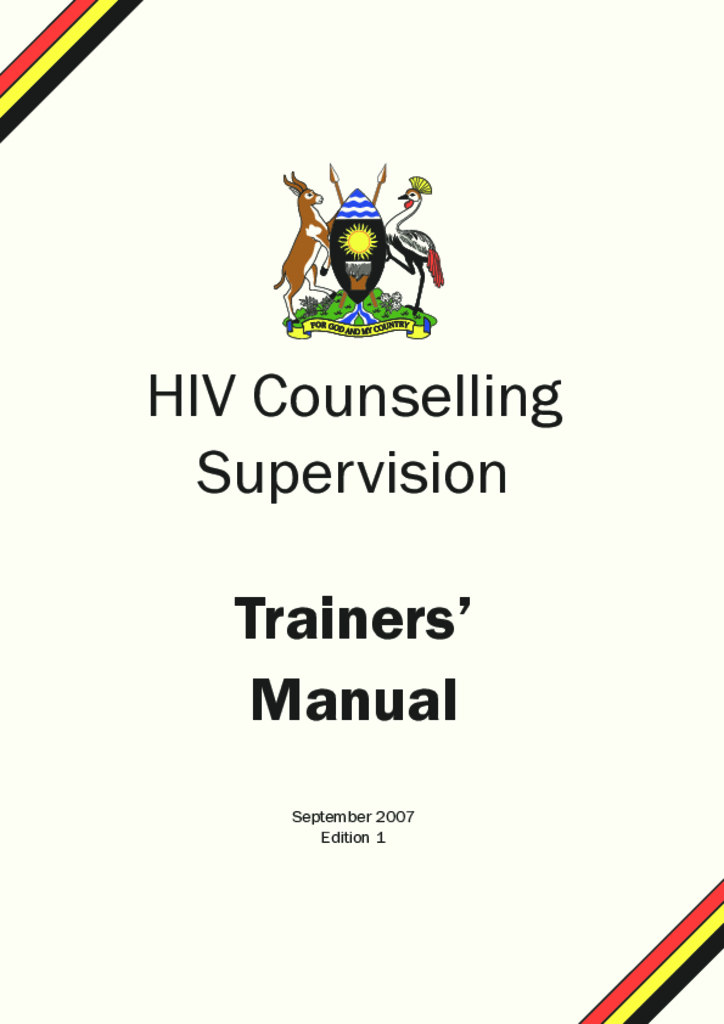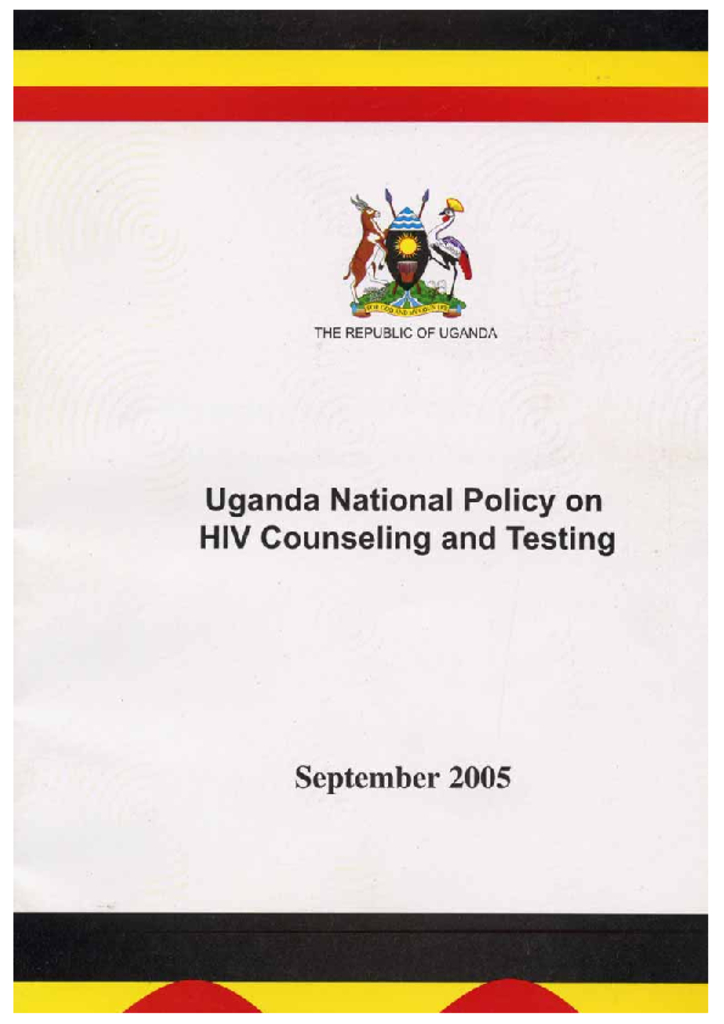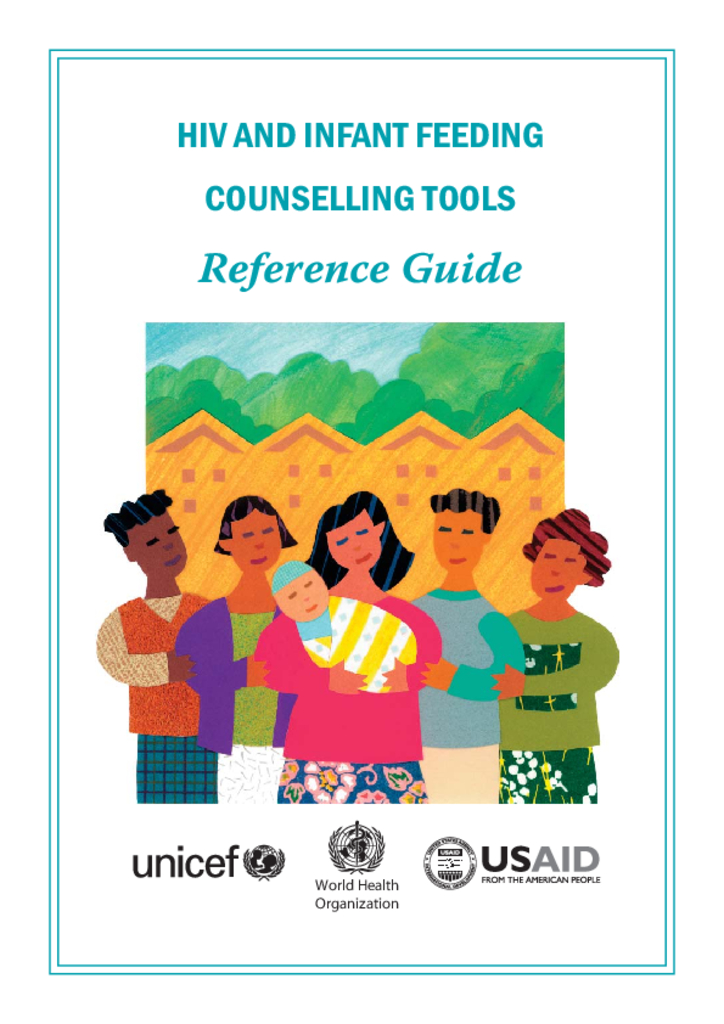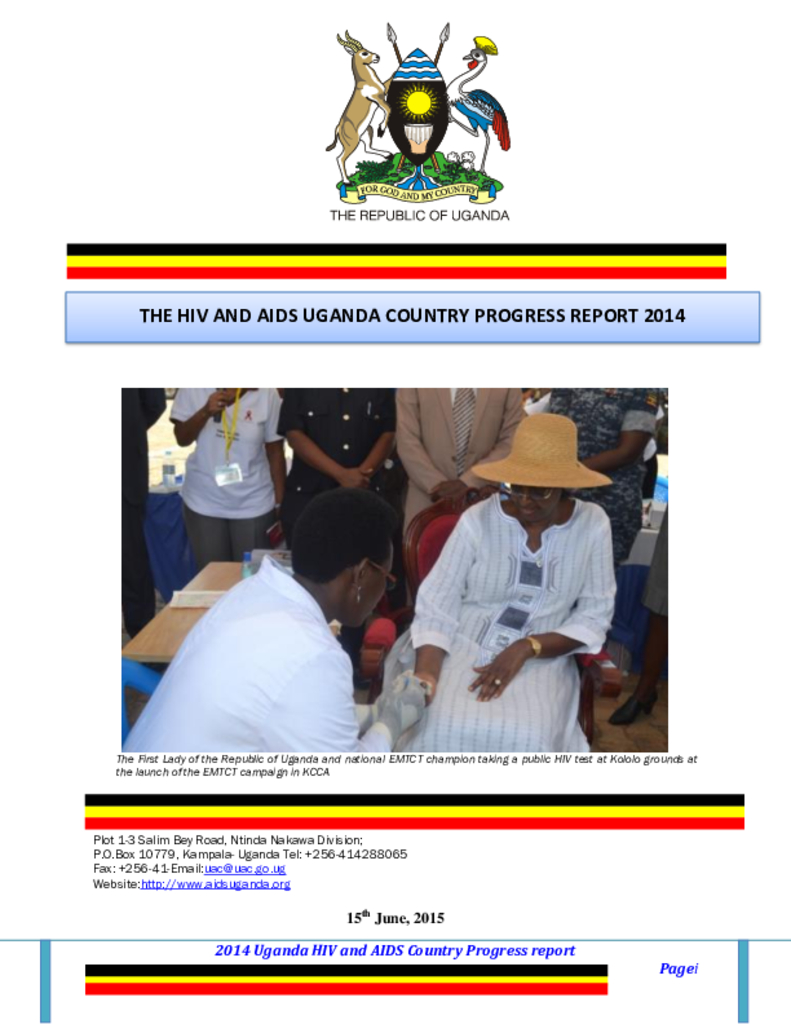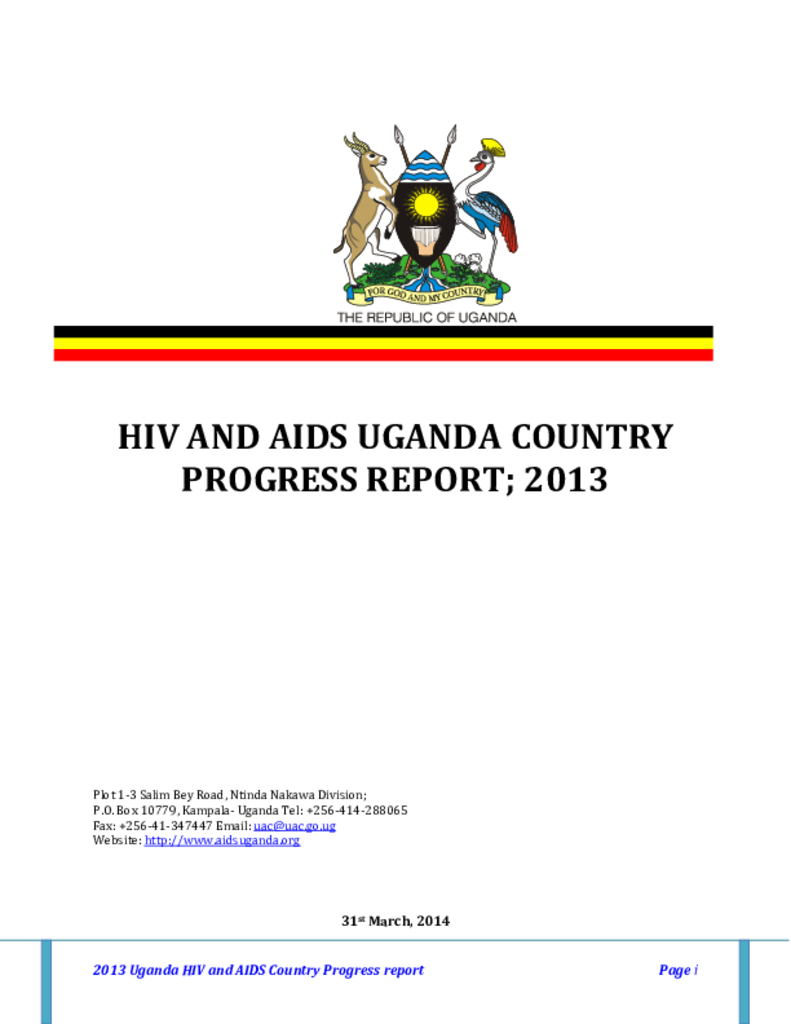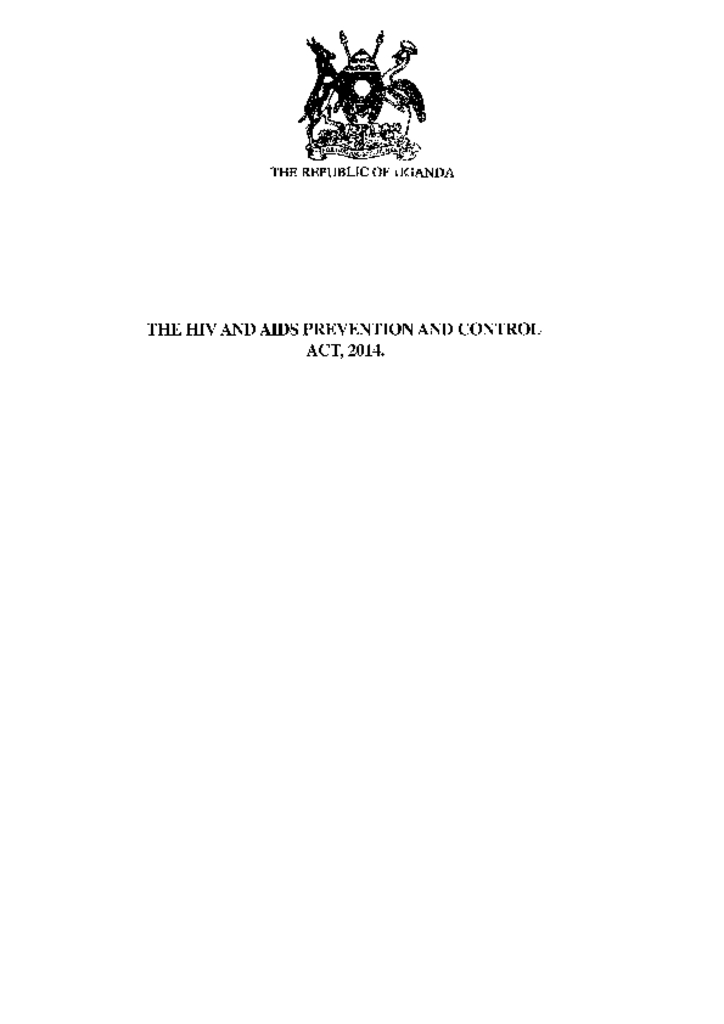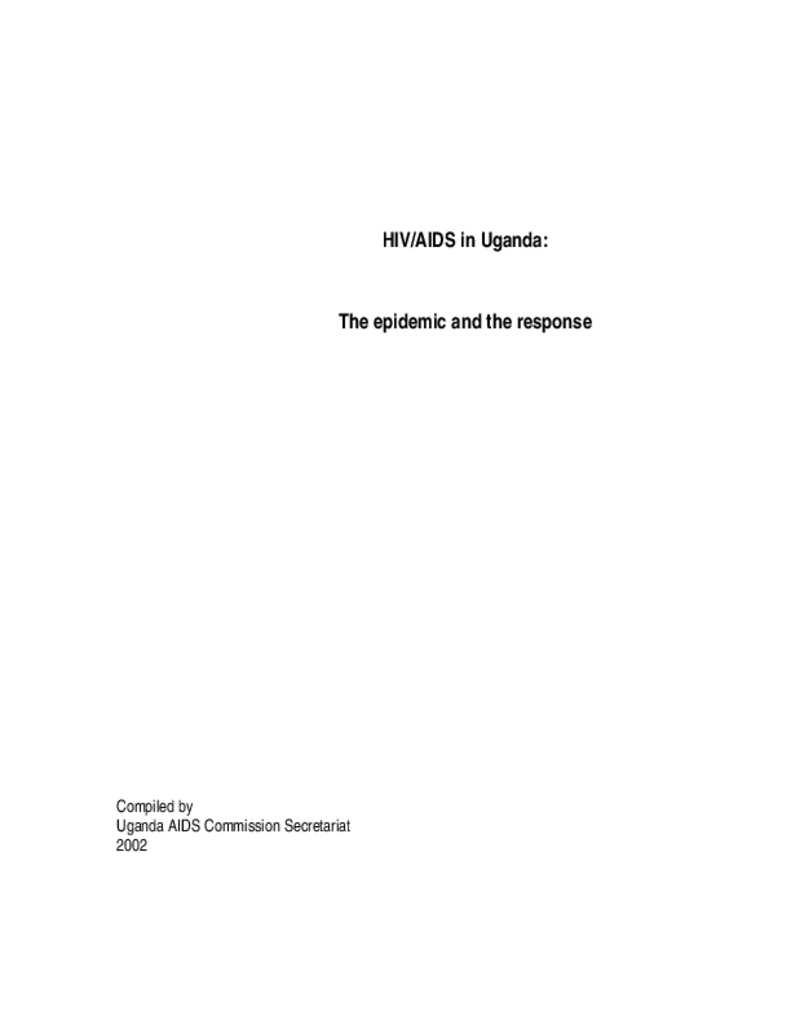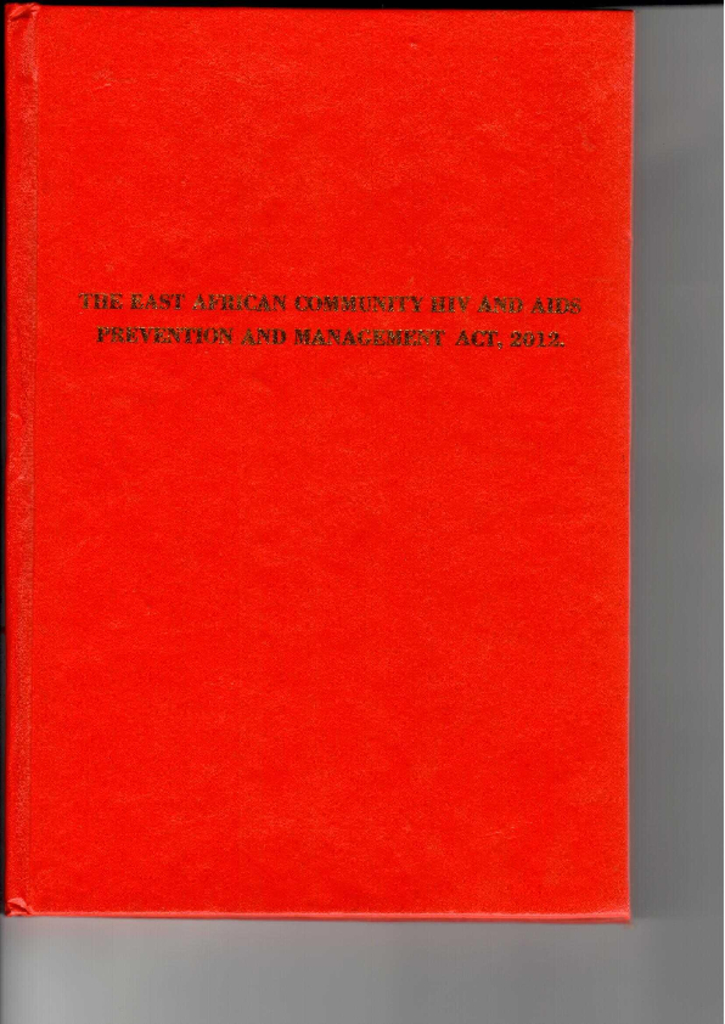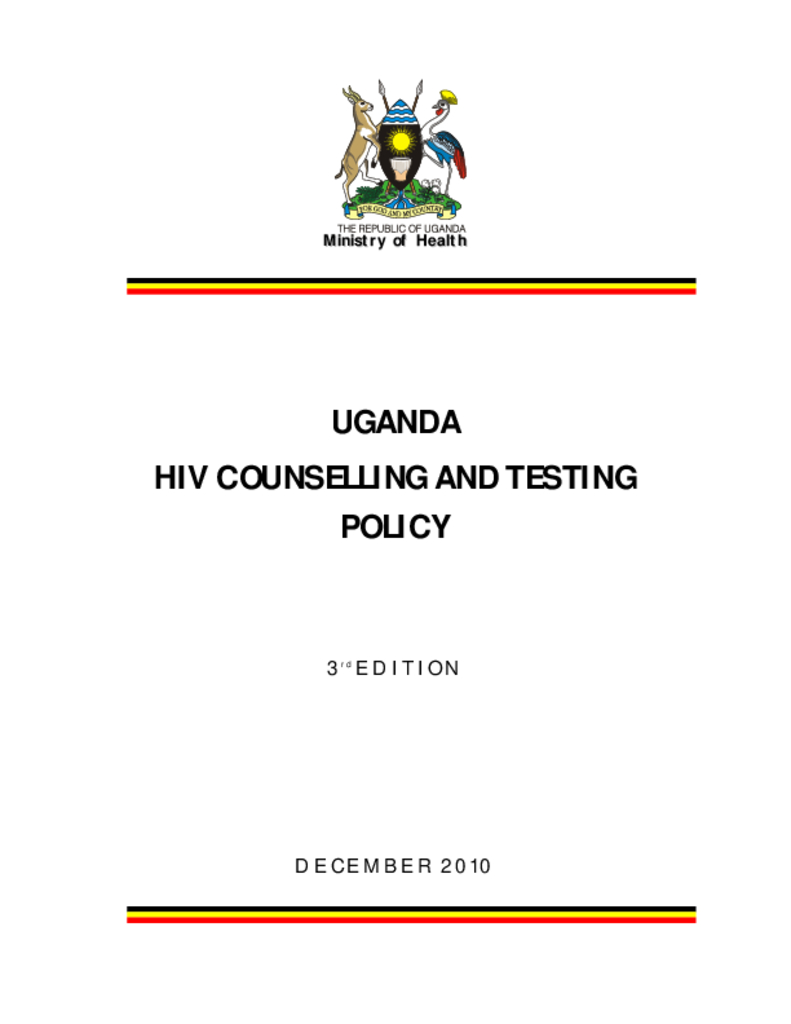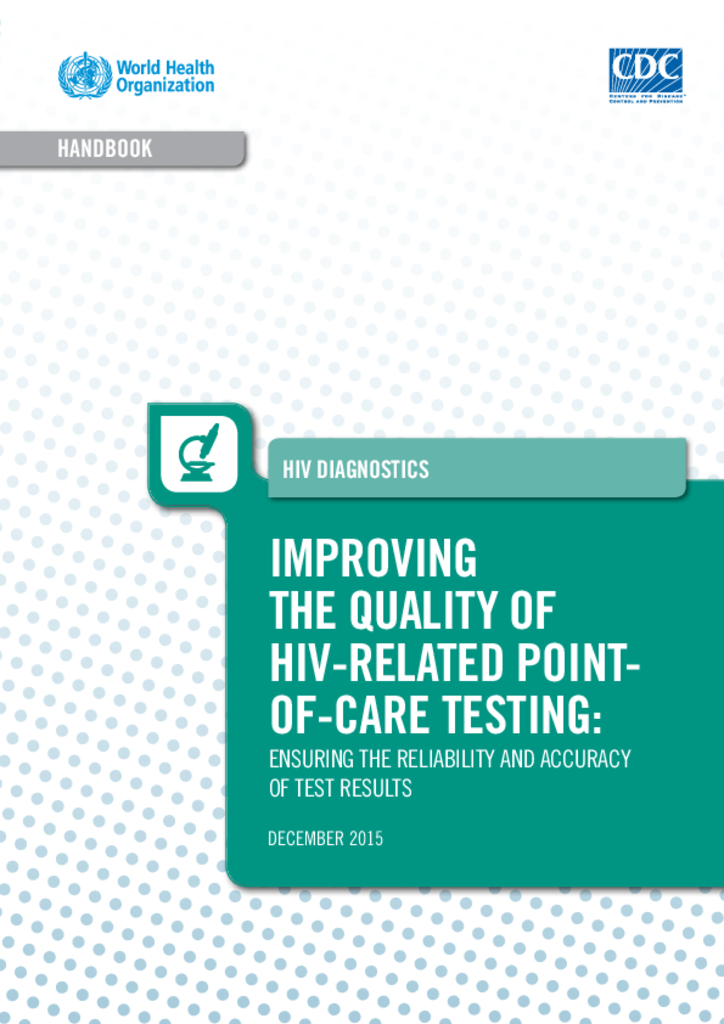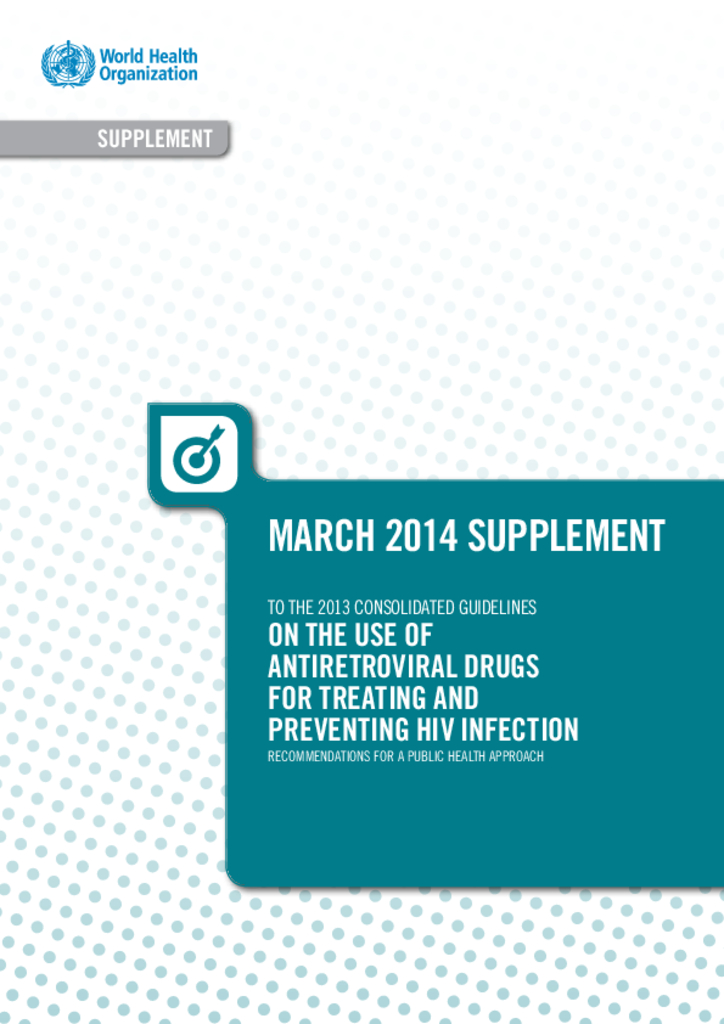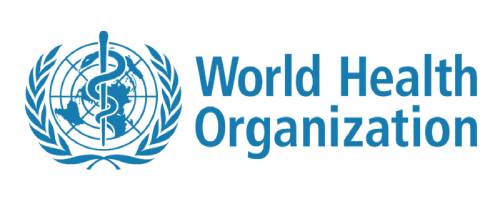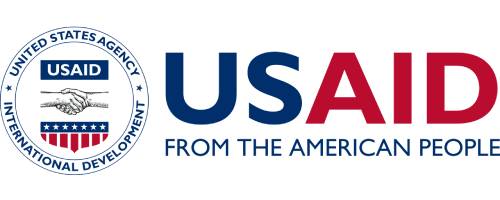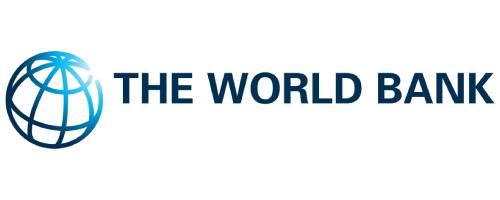HIV Counseling Supervision is a crucial component of any HIV/AIDS counseling or care and support service. It provides a way to support counselors and to address clients’ needs while at the same time upholding the professional practice of counseling around the globe. Supervision is an excellent opportunity to provide follow-up training, improve performance,and solve other systemic problems that may contribute to poor performance. Therefore,there is a continuing need, especially in developing countries, for “learning by doing” andfor documenting how well different concepts and practices translate across cultures and
settings.
HIV Counseling Supervision is a crucial component of any HIV/AIDS counseling or care and support service. It provides a way to support counselors and to address clients’ needs while at the same time upholding the professional practice of counseling around the globe. Supervision is an excellent opportunity to provide follow-up training, improve performance, and solve other systemic problems that may contribute to poor performance. Therefore, there is a continuing need, especially in developing countries, for “learning by doing” and for documenting how well different concepts and practices translate across cultures and settings.
This policy replaces the 2003 document, uganda national policy guidelines for HIV voluntary counselling and testing. The revision was promted by scientific and programmatic advances in HIv counselling and as well advances in prevention.
The fourth Millennium Development Goal (MDG) — to reduce by two-thirds, between 1990 and 2015, the under-five mortality rate — is ambitious, but achievable. Currently, more than 10 million children under five die each year, four million of them in the first month. It is estimated that around two-thirds of these child deaths could be prevented by increasing coverage of a handful of existing, relatively low-tech and inexpensive interventions.
Promoting breastfeeding is key among these interventions. MDG 7 — to have halted by 2015 and begun to reverse the spread of HIV/AIDS — is also closely linked to this issue. Governments and donors must greatly increase their commitment and resources for implementation of the Global Strategy for Infant and Young Child Feeding and the United Nations (UN) HIV and Infant Feeding Framework for Priority Action in order to effectively prevent postnatal HIV infections, improve HIV-free survival and achieve the relevant global goals.
The 2014 Uganda HIV Country progress report was prepared through a consultative government led process involving all key players to give the status of the HIV response in 2014 and also met the Country’s reporting obligations to national and international commitments. The report details key milestones achieved in 2014 in the areas of prevention, treatment, care and support and systems strengthen as aligned to the ten Global HLM targets. Uganda being a signatory to a number of global pronouncements including the commitments in the 2011 UN Political Declaration on HIV and AIDS, the report will feed into the Global AIDS report for presentation to the UN General Assembly on the progress achieved in realising the commitments made in the declaration against the 2011 ten HLM targets.
An Act to provide for the prevention and control of HIV and AIDS, including protection, counselling,testing, care of persons living with and affected by HIV and AIDS, rights and obligations of persons living with HIV and AIDS and to establish the HIV and AIDS trust fund
Two decades of HIV/AIDS in Uganda, the epidemic has entered the mature stage that presents enormous challenges of coping with the devastating social and economic impact in addition to the high HIV prevalence rates. The sickness and deaths of productive Ugandans has created a dent in all development efforts at household, community and national levels and is burden on the rejuvenating health and social infrastructures. The ever-increasing number of orphans, usually at tender ages, some of whom HIV infected, is a source of great concern.
An act of the community to provide for the prevention and managenet of HIV /AIDS and for the protection and promotion of the human rights of persons living with or affected by HIV and AIDS.
In Uganda HCT began in 1990 with VCT as the main model of implementation. In 2002 the MoH planned to place high-quality VCT services within the reach of every
Ugandan by developing the 1st VCT policy. This worked well but only a small percentage of the population accessed the services. With the advent of ART and evolution of new innovative approaches, HIV dynamism and international policies, there arose need to broaden the base of counseling and testing in order to meet these
standards. Consequently, the HCT policy was developed in 2005.
HIV-related point-of-care testing technologies have become widely available in last the few years and can potentially play a major role in achieving the UNAIDS 90–90–90 targets through increasing access to diagnostics in low- and middle-income countries. However, challenges remain regarding the appropriate use of point-of-care testing to ensure accurate patient results. Maintaining a high quality of testing while increasing access is critical for better patient care. Access to accurate diagnostics is a fundamental right of every individual; inaccurate diagnoses can have devastating consequences for an individual, resulting in stigma, loss of family, loss of job and loss of other opportunities. As point-of-care testing access expands in low- and middle-income countries, accuracy and quality of diagnostic methods should go hand in hand with the expansion of this endeavour. Quality assurance activities are an integral part of point-of-care testing and should be planned and implemented in a sustainable manner in parallel with point-of-care testing expansion, which will require a strong commitment from all stakeholders. Expanding point-of-care testing in resource-limited
WHO guidelines on the use of antiretroviral (ARV) drugs for treating and preventing HIV infection provide a public health approach for scaling up HIV care and treatment programmes and focus on simplified, harmonized and effective antiretroviral therapy (ART) regimens for use in resource-limited settings. In 2013, for the first time, WHO revised and combined guidelines for adults and adolescents, infants and children and pregnant women as well as other ARV-related guidance documents into one set of consolidated guidelines that addressed the use of ARV drugs for HIV treatment and prevention across all age groups and populations, based on the broad continuum of HIV care.
